The axolotl, also known as the Mexican salamander, is a unique amphibian that is found only in Mexico.
These creatures have some amazing features and adaptations which make them very interesting to study.

Here are 8 interesting facts about axolotls that you may not know!
1. The axolotl can regenerate lost body parts
Tails and limbs of various amphibians and fish can be regenerated, but axolotls surpass them all by regenerating jaws, spinal cords, skin, ovary, lung tissue, and even portions of their hearts and brains.
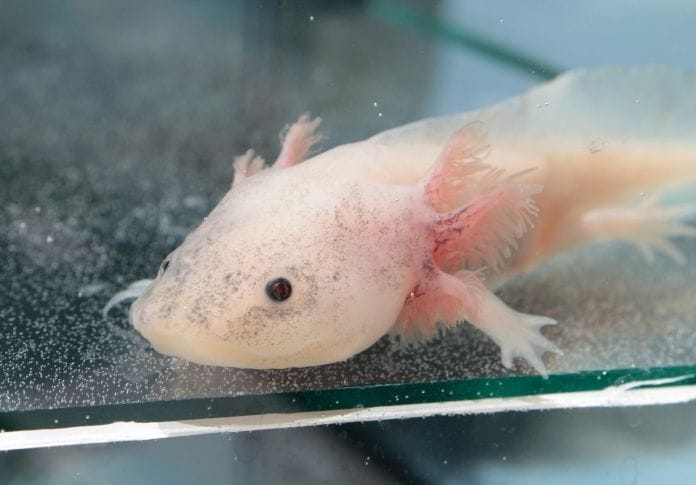
Even more, an axolotl can continue to renew its tissues throughout its life. The regenerative capabilities of the cell’s in this amphibian are fascinating to scientists who are hoping to translate this feature to humans.
2. Axolotls look like babies forever
Axolotls are neotenic, which means they develop into adults without losing their larval characteristics.

While many amphibians, such as the salamander, eventually acquire lungs and move onto land, axolotls retain their feathery external gills and stay aquatic. Because of this, they never develop teeth, and they must use a suction technique to eat.
3. They have different color patterns
Axolotls have four different genes that influence their coloration and patterns. In the wild, axolotls are typically brown or black with gold or olive speckles. They may also alter their color to better blend in with their surroundings, like other salamanders.

The lighter colored axolotls, including albino, leucistic (with reduced pigmentation), and pink, are more common in animals that have been bred in captivity. The gills on the back of an axolotl’s head are also pigmented and are feathery and crimson.
4. Their feathery headdress is not just for show
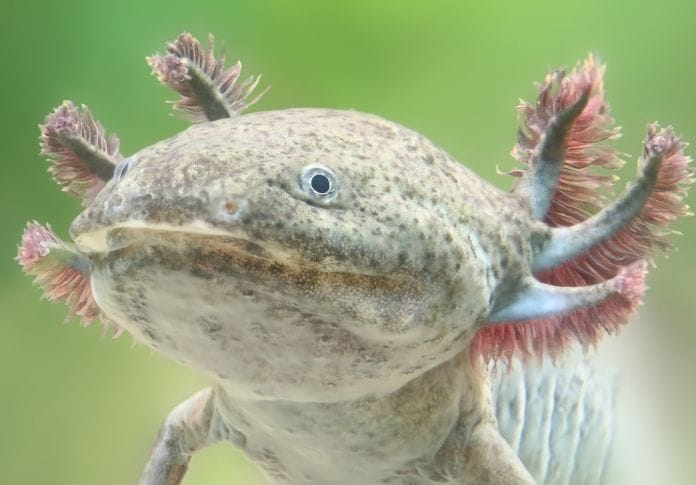
The impossibly silly branches that grow from the axolotl’s head might not seem practical, but they’re the salamander’s gills. The filaments attached to the long gills increase the surface area for gas exchange.
5. They can live up to 15 years!
When kept in captivity, an axolotl may live for 10 to 15 years, with a median age of 12 years. It’s important to emphasize that only well-cared-for axolotls reach this age.
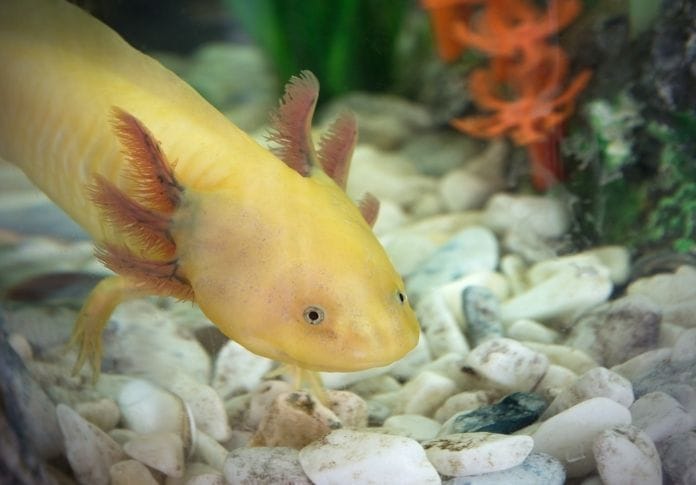
In the wild, they will generally live between 5 to 10 years.
6. Axolotls lay a huge number of eggs at a time
If you’re planning to get an axolotl, you should be prepared to take care of a lot of babies! It’s not a good idea to keep males and females in the same tank for long because they’re highly axolotls are prolific breeders, and females can lay up to 1,000 eggs at a time.
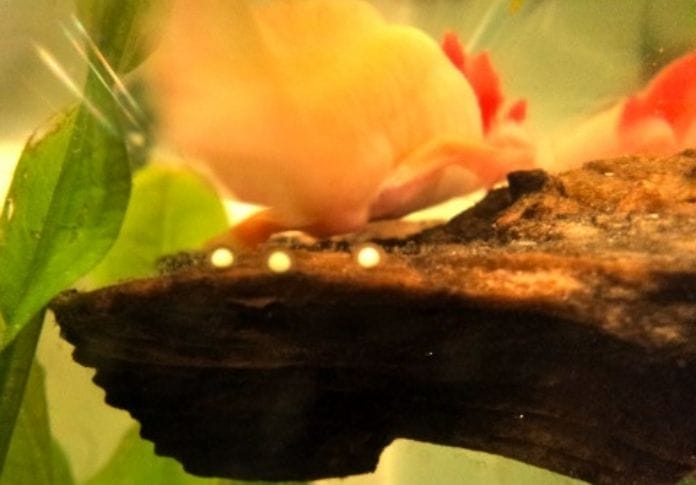
They usually lay a few hundred eggs, but 1000 is not uncommon. The female might be overwhelmed by this many eggs.
7. Axolotls actually do have teeth
Inside their gummy mouths, axolotls do have teeth! They don’t bite, their teeth are only for grasping food in their upper and lower jaws, and they aren’t utilizing them as any sort of defense. They do not utilize their teeth to chew or use them in any other way.
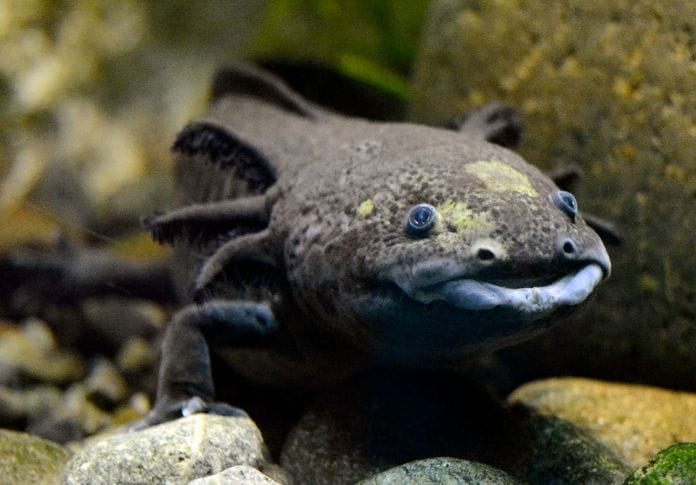
It’s unusual for an axolotl bite to leave a scar, and the teeth aren’t sharp enough to harm you. Axolotls will also most likely require assistance—they aren’t very skilled at capturing their meals.
8. Axolotls are endangered species
The axolotl, which is only found in one small region of Mexico, is critically endangered in the wild. They have less than four square miles of habitat that has been affected by development, pollution, and invasive species.
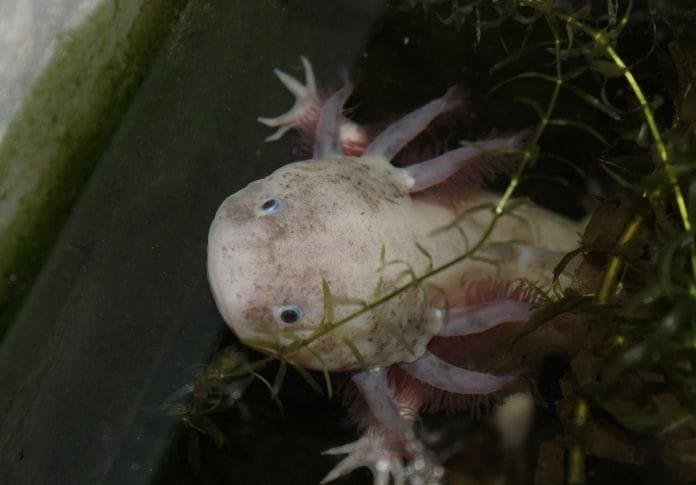
These amphibians might be important to scientific research and may be bred in captivity, but they will not necessarily survive in the wild. In 2009, experts predicted that their population had decreased by 90%. They were declared extinct in the wild in 2015, but one was rediscovered a week later.
Fun fact!
The axolotl pronunciation is ‘ACK-suh-LAH-tuhl’ in English. The term comes from the Nahuatl language, which is derived from the Aztecs. The name may also be derived from the Aztec god Xolotl. If you’re seriously considering getting an axolotl, be sure to also check our list of cute axolotl names.


GIPHY App Key not set. Please check settings